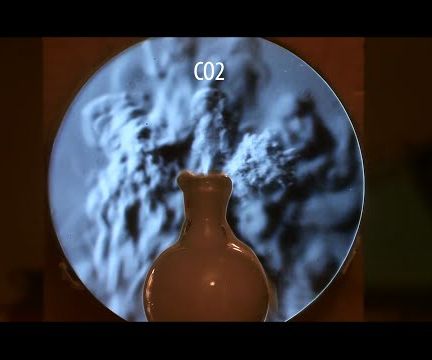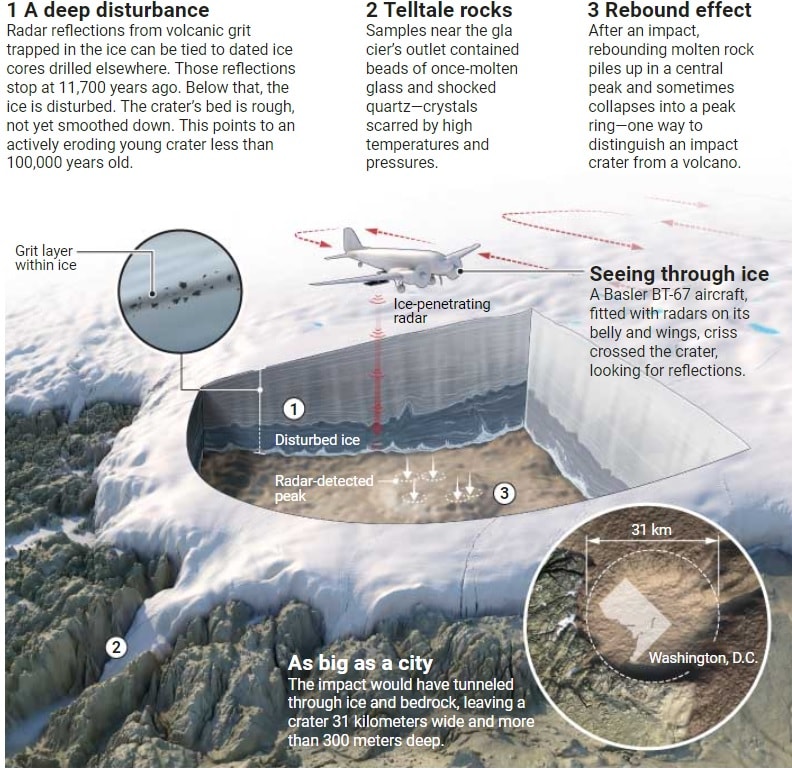You are using an out of date browser. It may not display this or other websites correctly.
You should upgrade or use an alternative browser.
You should upgrade or use an alternative browser.
Interesting videos about science
- Thread starter Pierre
- Start date
Great idea Pierre thanks.
Here's one I watched yesterday and I'm still scratching my head. Better equipped scientifically minded folk may know how to dissect because there's something slippery here that I can't quite put my finger on... we all know that gravity is not in essence a force but the claim that it doesn't really exist and is in essence a perception of space time...!! Maybe this is basic MS science 101 but as I say I'm still scratching...
Here's one I watched yesterday and I'm still scratching my head. Better equipped scientifically minded folk may know how to dissect because there's something slippery here that I can't quite put my finger on... we all know that gravity is not in essence a force but the claim that it doesn't really exist and is in essence a perception of space time...!! Maybe this is basic MS science 101 but as I say I'm still scratching...
I found this video yesterday and I think it belongs in this thread. This video was posted in May 2022 and the sound a black hole makes (or as we interpret it in 3D) is frightening.
NASA Black hole soundSince 2003, the black hole at the center of the Perseus galaxy cluster has been associated with sound. This is because astronomers discovered that pressure waves sent out by the black hole caused ripples in the cluster’s hot gas that could be translated into a note – one that humans cannot hear some 57 octaves below middle C. Now a new sonification brings more notes to this black hole sound machine. This new sonification – that is, the translation of astronomical data into sound – is being released for NASA’s Black Hole Week this year.
In some ways, this sonification is unlike any other done before (1, 2, 3, 4) because it revisits the actual sound waves discovered in data from NASA's Chandra X-ray Observatory. The popular misconception that there is no sound in space originates with the fact that most of space is essentially a vacuum, providing no medium for sound waves to propagate through. A galaxy cluster, on the other hand, has copious amounts of gas that envelop the hundreds or even thousands of galaxies within it, providing a medium for the sound waves to travel.
In this new sonification of Perseus, the sound waves astronomers previously identified were extracted and made audible for the first time. The sound waves were extracted in radial directions, that is, outwards from the center. The signals were then resynthesized into the range of human hearing by scaling them upward by 57 and 58 octaves above their true pitch. Another way to put this is that they are being heard 144 quadrillion and 288 quadrillion times higher than their original frequency. (A quadrillion is 1,000,000,000,000,000.) The radar-like scan around the image allows you to hear waves emitted in different directions. In the visual image of these data, blue and purple both show X-ray data captured by Chandra.
About asteroid impact, there is also this video "that shows how impact of meteorites of various sizes looks like over densly populated areas", that @Keit shared a few days ago in the Near-Earth objects and close calls thread:
Neat video about acoustic standing waves and the levitation of small objects. He used something called a "Schlieren Optics Setup"
which is:
which is:
In short, a Schlieren system leverages the principal of refraction, and some clever optics to allow for the visualization of differences in density of transparent media.
Then the sound waves are visible? Or the air displaced by the sound waves is visible?
Schlieren Imaging: How to See Air Flow!
Schlieren Imaging: How to See Air Flow!: This project documents the construction, science, and application of a Schlieren aparatus. In short, a Schlieren system leverages the principal of refraction, and some clever optics to allow for the visualization of differences in density of transpa…www.instructables.com
The following one amazed me as soon as I saw it the first time, and still does each time I watch it again:
The Helical Model - Our solar system is a vortex
The video offers subtitles in 14 languages and here what is said about it:
The Helical Model - Our solar system is a vortex
The video offers subtitles in 14 languages and here what is said about it:
This is an unconventional view of our solar system that is different from the standard 'flat' diagrams. We travel and never return to the same place.
Experiments with sound: cymatics, resonant frequencies, water, smashing glass, propulsion
Experiments with light: refraction, optical illusions, total internal reflection
Experiments with light: refraction, optical illusions, total internal reflection
About the Hiawatha crater, here is the video explaining how they were able to mesure it it under the ice:
As this image does:

As this image does:

Trending content
-
-
J
-
-
